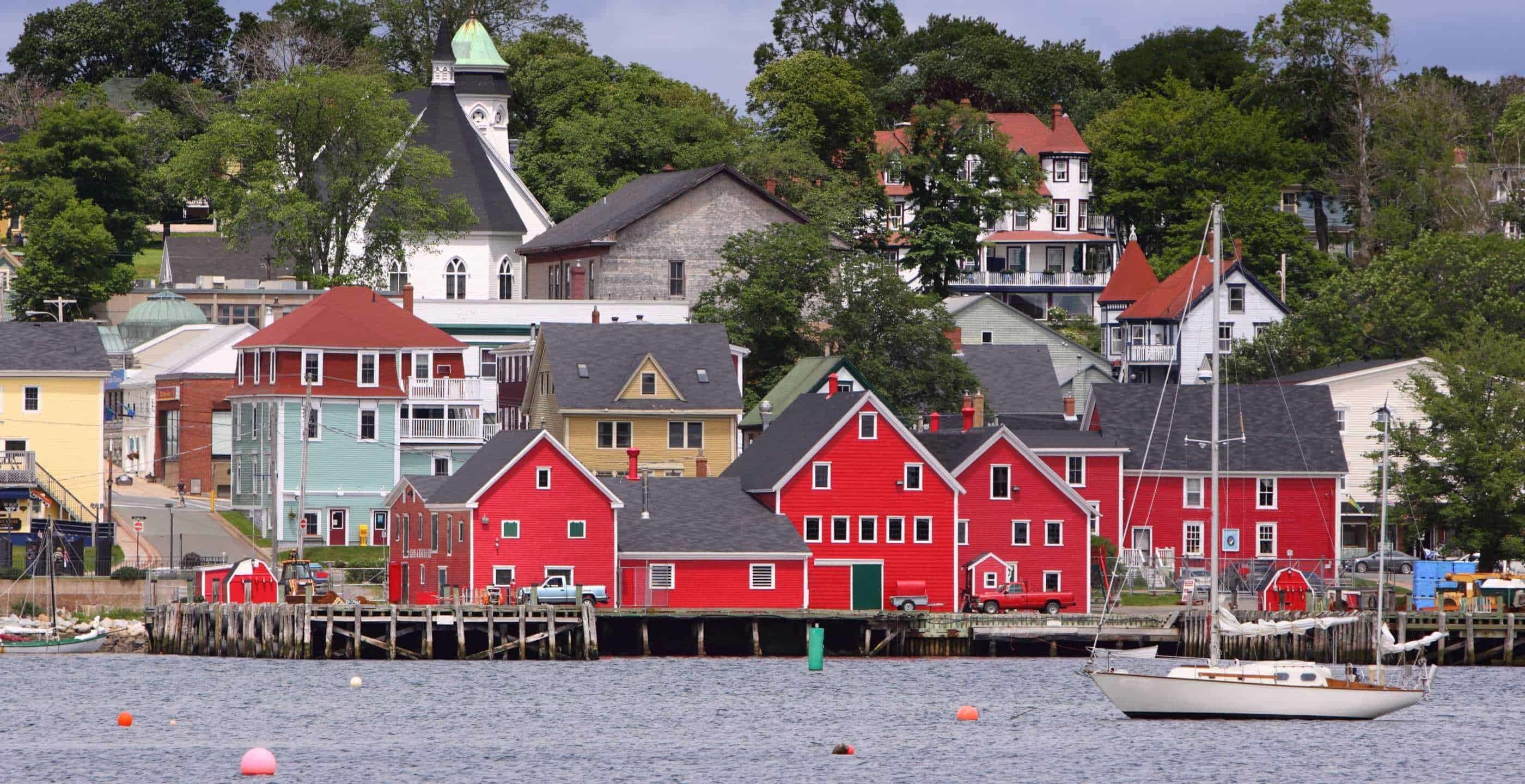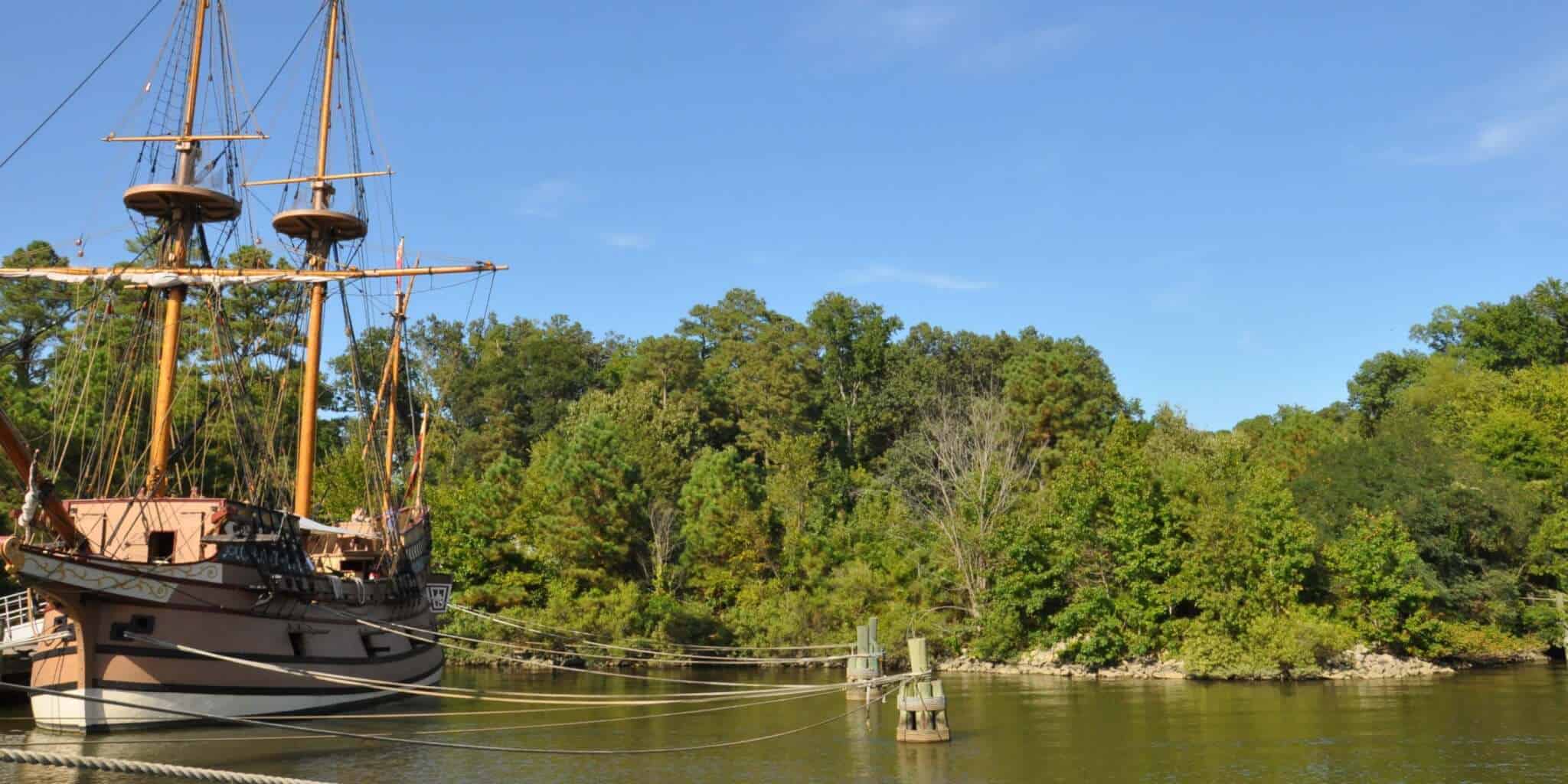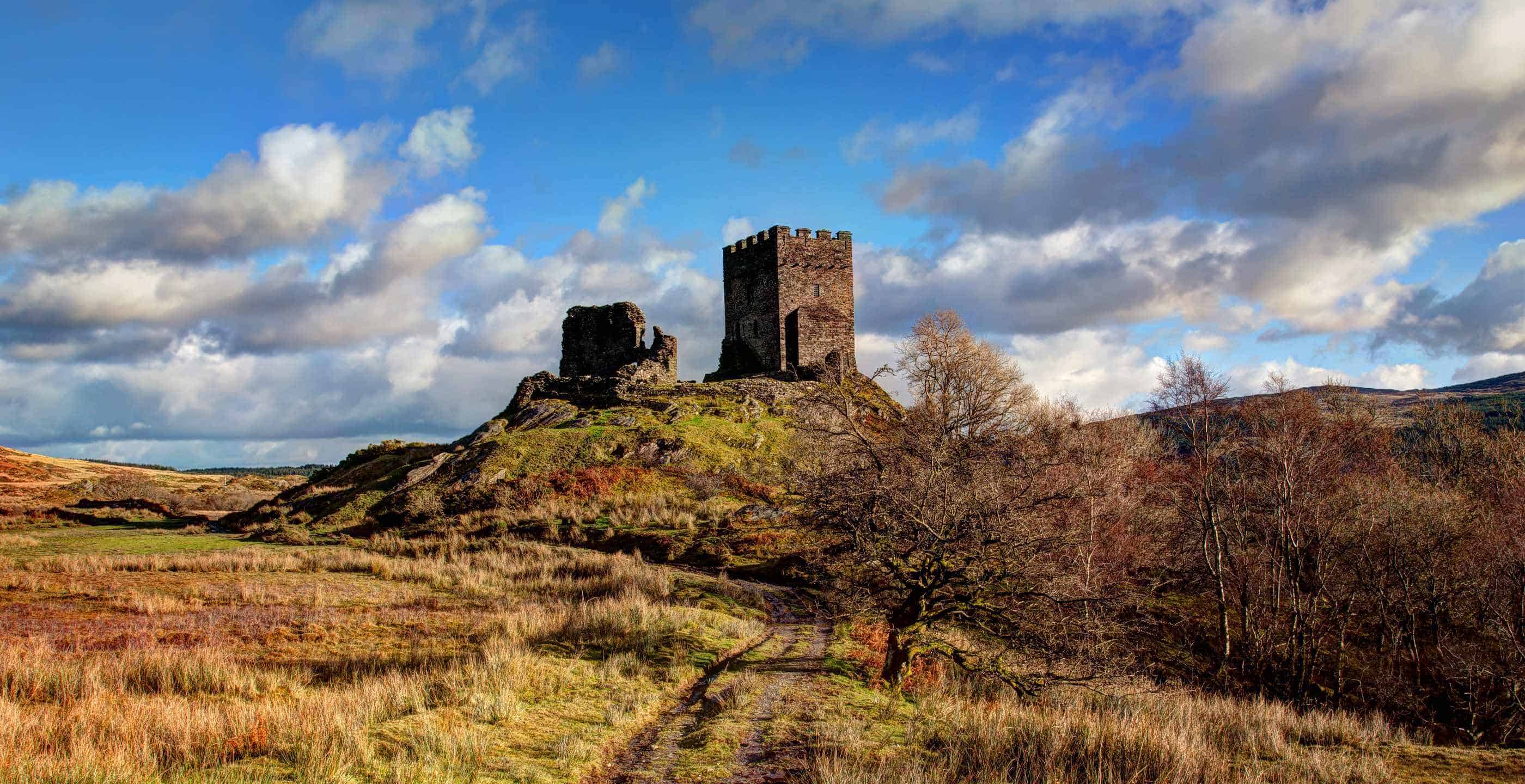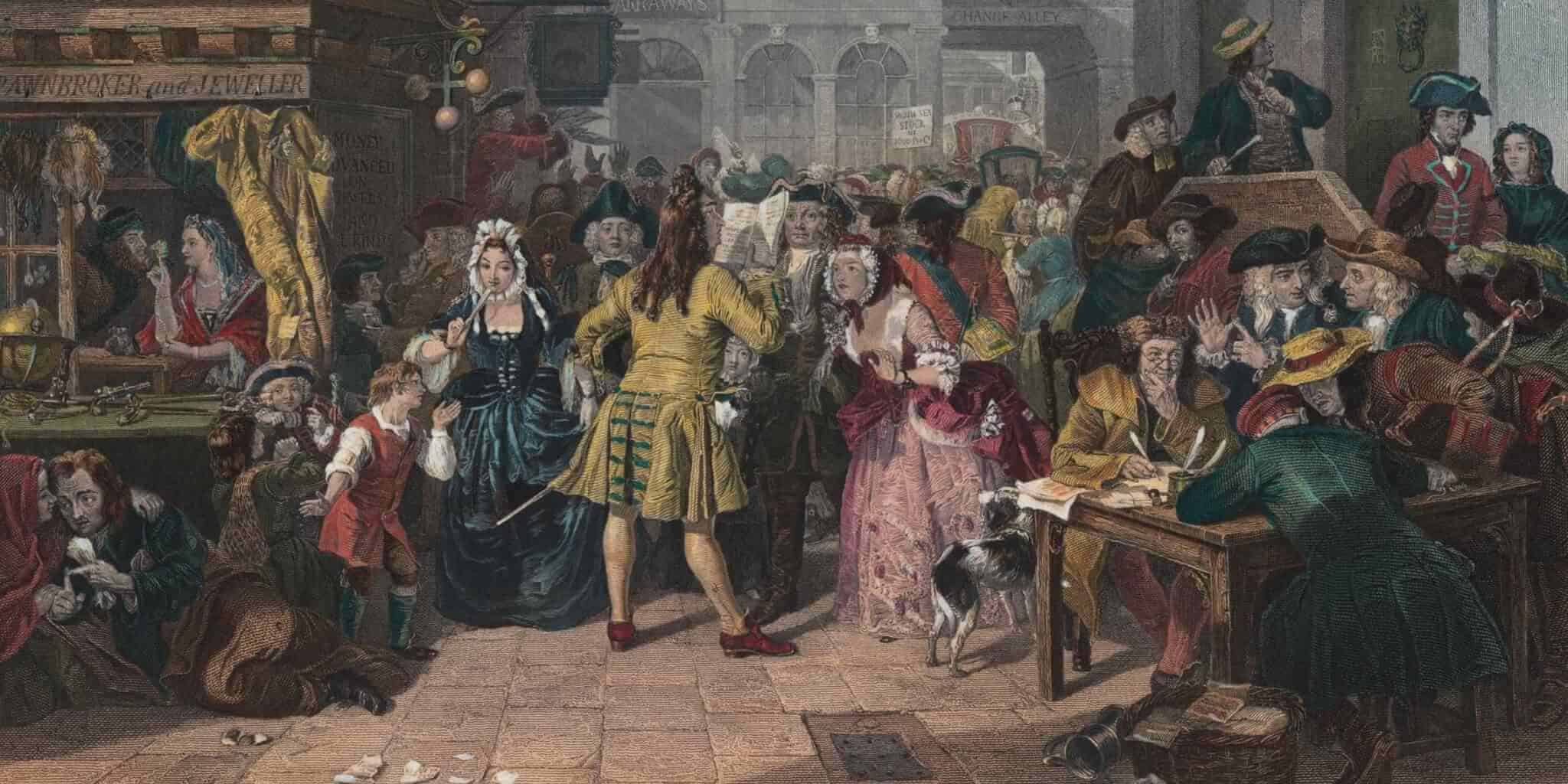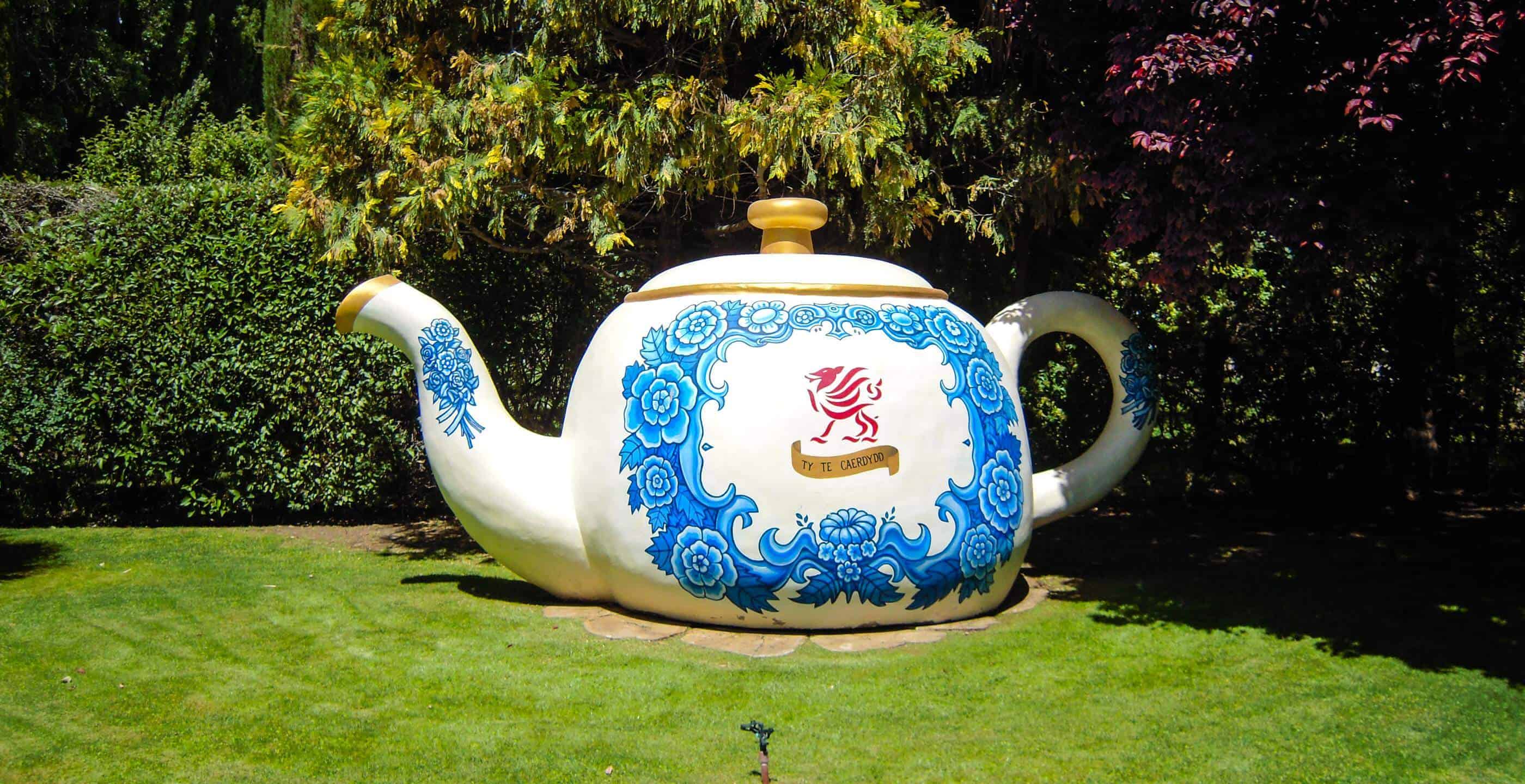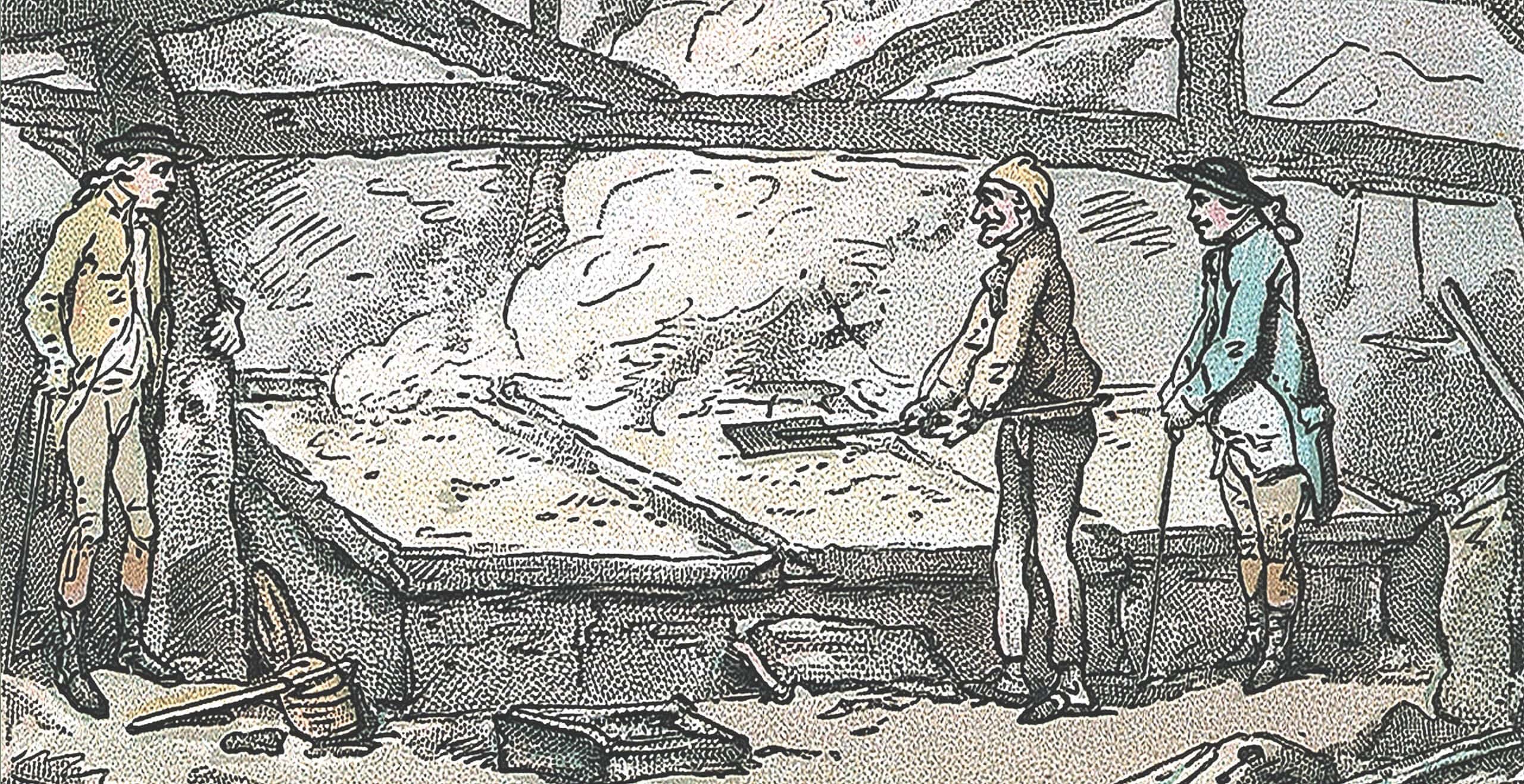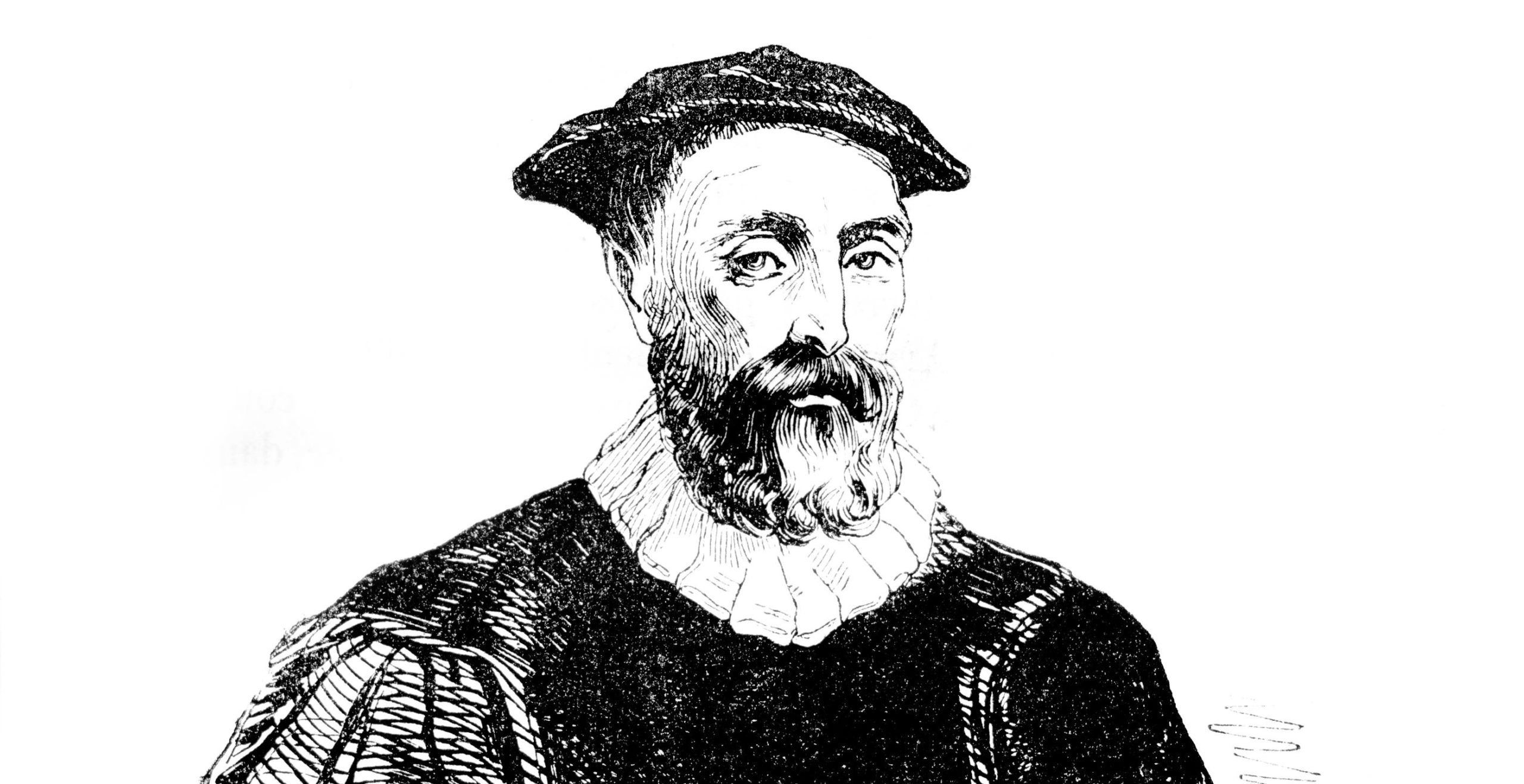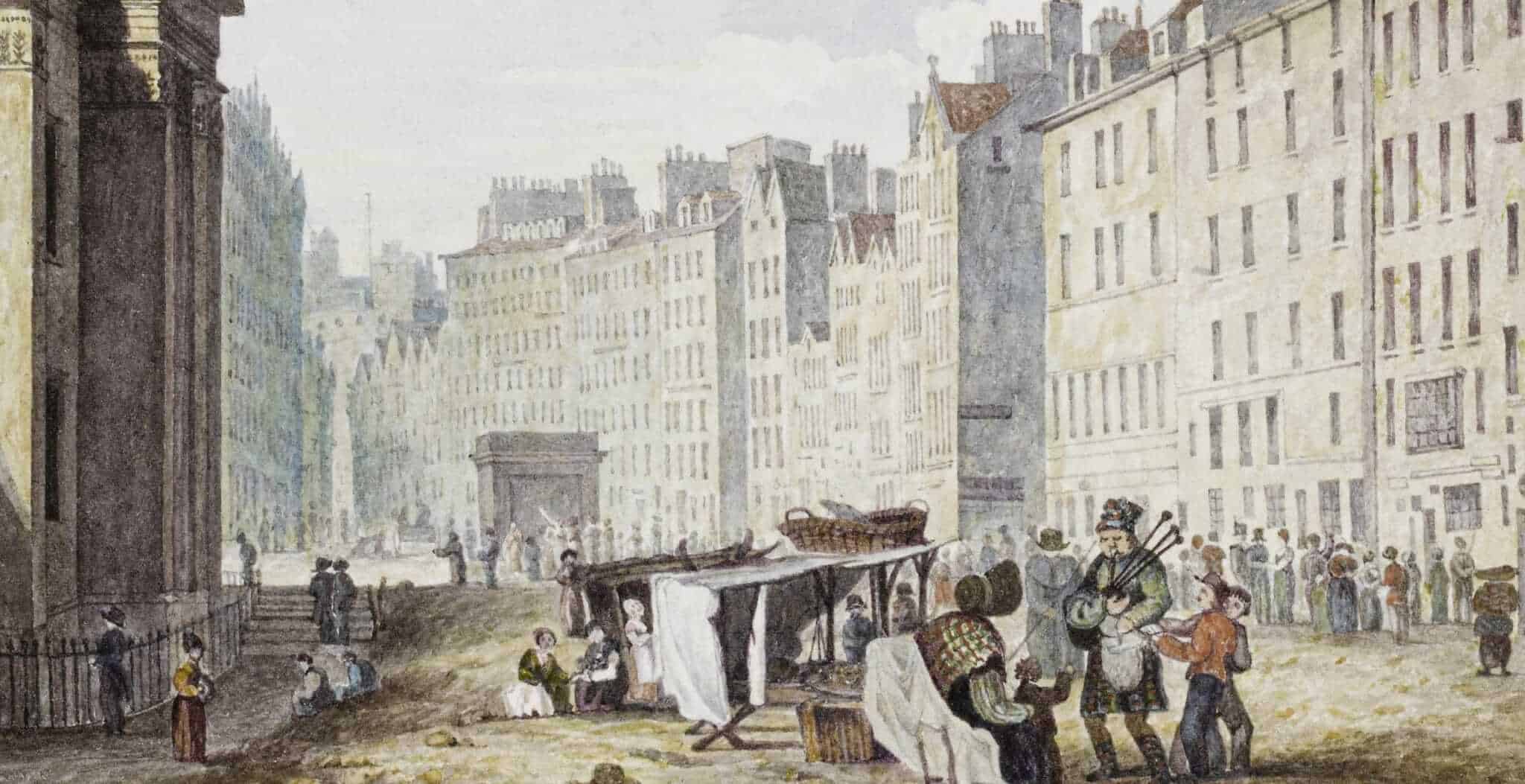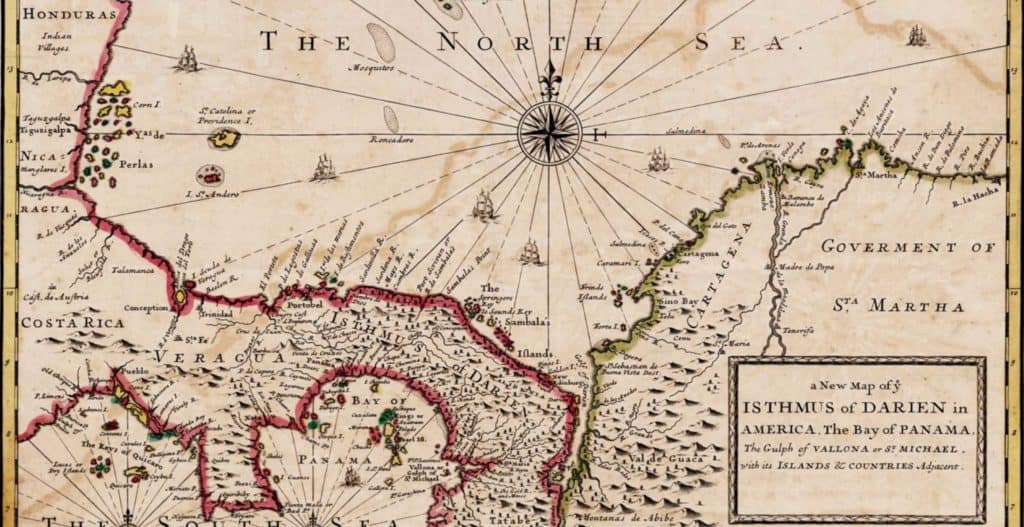Scotland’s best known attempt at becoming a world empire is probably the infamous Darien Scheme in 1698, which resulted in the loss of almost 50% of all the money circulating Scotland, completely ruining the Lowlands and leading to the Act of Union between England and Scotland (1707).
However, Scotland’s first attempt at colonising the New World occurred almost 80 years before the Darien Scheme; the colonisation of Nova Scotia.
In 1621 and despite being under the rule of the same monarch, King James VI of Scotland (and I of England), England and Scotland were completely separate in all matters of colonisation. England had several colonies in the New World; Scotland on the other hand had no colonies at all. Sir William Alexander, the 1st Earl of Stirling, was desperate to change this; he envisaged Scotland becoming a world power in its own right. In 1621, he was granted a charter by King James allowing him to set up a Scottish colony in the lands lying between New England and Newfoundland. King James was eager to agree; there was already a New Spain, New England, New Holland, and New France – why shouldn’t there be a New Scotland?
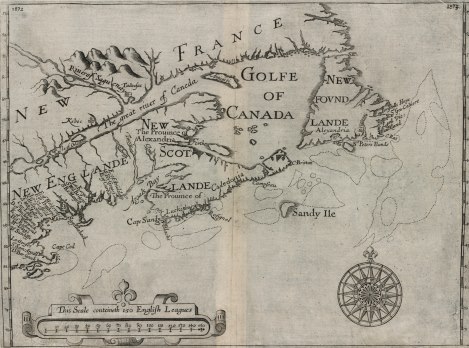
The pair laid out plans for the new colony, naming it stylishly in the Latin for ‘New Scotland’, Nova Scotia. They also set out plans to divide the administration of the territory; the country would be divided into two provinces, each of which would be split into two dioceses. Each diocese would then be split into ten baronies of 16,000 acres each. In order to pull in rich Scots, these could be purchased for 1000 merks (or £20 in the English system). This allowed the purchaser to wear the arms of Nova Scotia, be addressed as Sir, place Bt. after their names and of course, own lots of land. It was hoped that the creation of these baronies would help to entice Scots to migrate to the new colony, and therefore create a strong new economy to bring in money to Scotland.
This appeared to work; the first settlers arrived in Nova Scotia in 1622 and settled at Port Royal (modern day Annapolis Royal). However, the settlers lacked the necessary skills required to build and maintain a successful colony and were met by several hardships. The first problem encountered was the dense forests of the region; the land had to be cleared before proper buildings could be erected. With the first winter approaching, many of the new settlers died of illness. Those that survived continued to suffer, as their homes were poorly constructed and many soon left. In 1629 William Alexander, the son of Sir William, brought 70 settlers to Port Royal and there built Fort Charles. The aim of this second expedition was to bolster the colony with settlers with the practical skills required to build and maintain a colony. However, the ongoing war with France prevented any supplies coming across from Scotland and overland attacks from French colonial troops forced many settlers to return home or flee south to New England. When the land of the colony was returned to the French in 1632, the settlers were forced to return to Scotland.
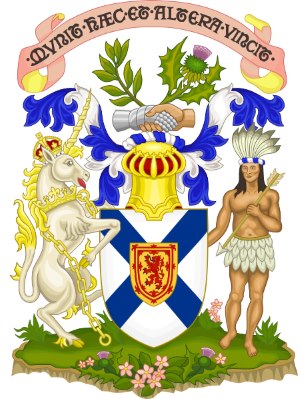
Coat of Arms of Nova Scotia; The thistle and laurel represent Scotland and peace respectively. The unicorn also represents Scotland, whilst the other is a representative of the Mi’kmaq First Nation, indigenous to Nova Scotia
After more than a century of dispute between the English and the French, the territory of Nova Scotia was at last firmly in the hands of the English. Many Scots took this opportunity to return to the colony, either from other territories in New England or from mainland Scotland. These Scottish settlers soon made up the majority of the population of developing Nova Scotia. The greater part of these settlers came from the Lowlands, from Dumfries and the Borderland areas of Scotland. However, after the Battle of Culloden in 1745, many Highlanders also made the journey to Nova Scotia; persecuted Catholics and Jacobites who felt the need to leave Scotland. Large numbers of Scots also migrated during the Highland Clearances in the 18th and 19th centuries. These migrants came to the colony through the ports of Sydney, Halifax and most importantly, Pictou. Between the years 1770 and 1815, nearly 15,000 Scots travelled from their homeland to settle in Nova Scotia, making up the core of the settlers there; it was for this reason that the port of Pictou became known as the ‘Birthplace of New Scotland’. Due to the large numbers of Highlanders, Gaelic quickly became the third most common European language spoken in Canada, after English and French.

Therefore, unlike the Darien Disaster, Scotland’s first attempt at colonisation, despite setbacks in the early years, was in many ways a success. The large migration of Scots during the 18th and 19th century show how, even though Scotland was now part of Great Britain, Nova Scotia was still influenced strongly by Scotland. Even today Nova Scotia still has a large portion of people who identify as Scottish Canadians, and are in some way related to Scottish immigrants. The success of Scotland in colonising Nova Scotia can be seen, not only in its history, but in its inhabitants – both past and present.
Written by Henry Whitelaw. I am a 17 year old Upper Sixth Form student with a strong sense of Scottish pride. I’ve been interested in history from an early age, due mainly to my love of reading and am hoping to go on to study history at university. I enjoy historical fiction novels, and whenever I read one it leads me on to researching the real historical events and setting behind it.
Published: February 13, 2017.
